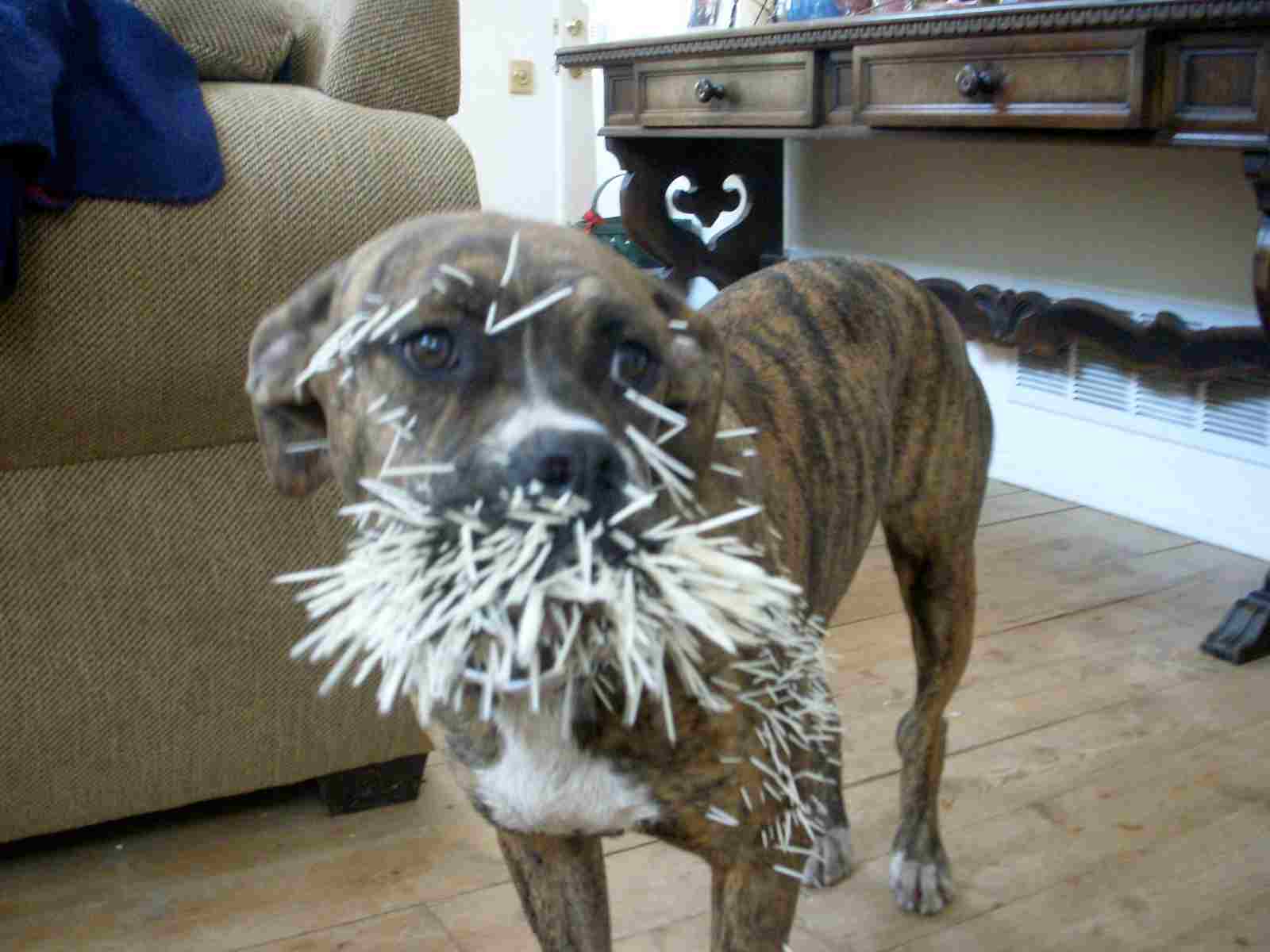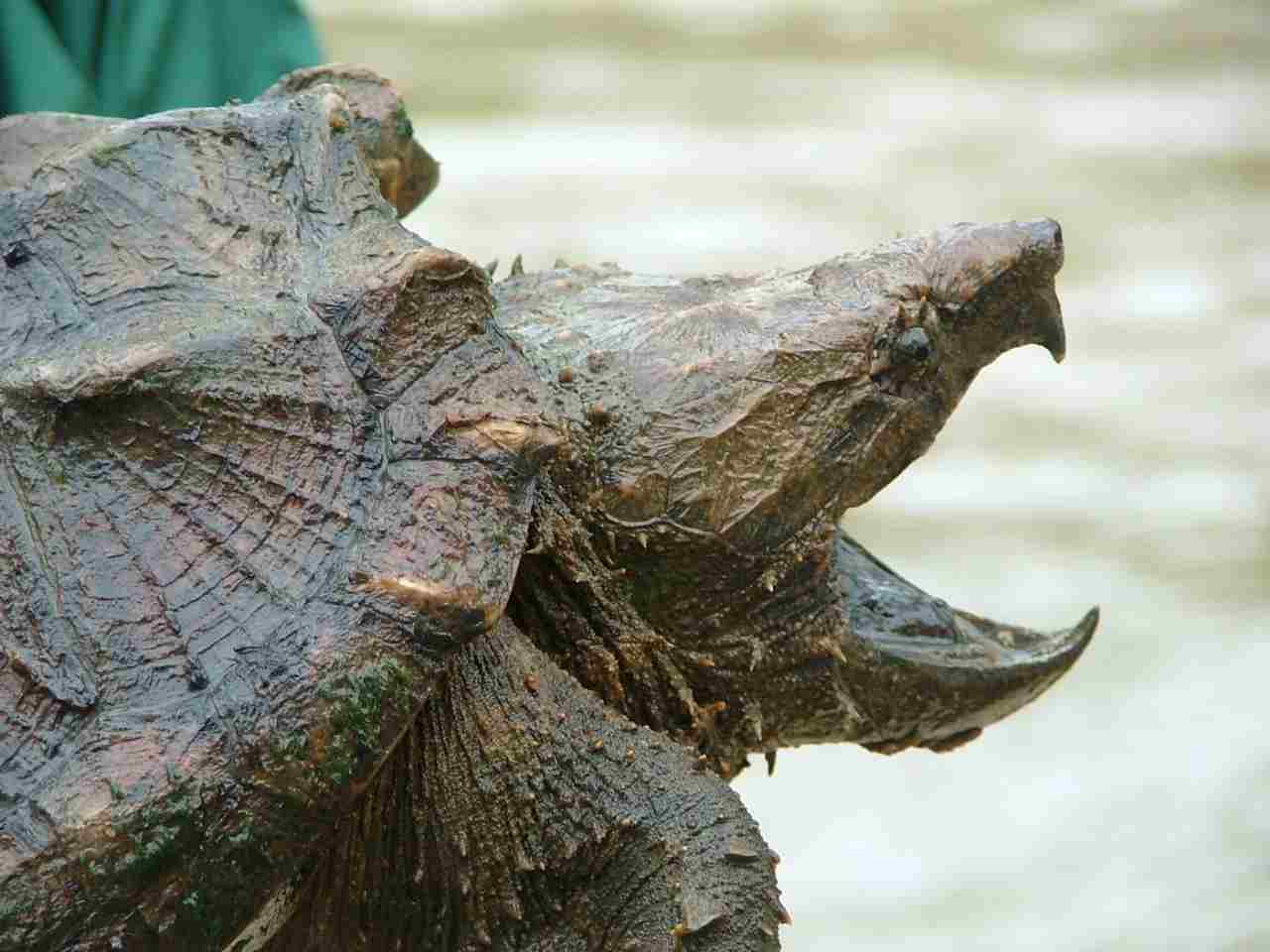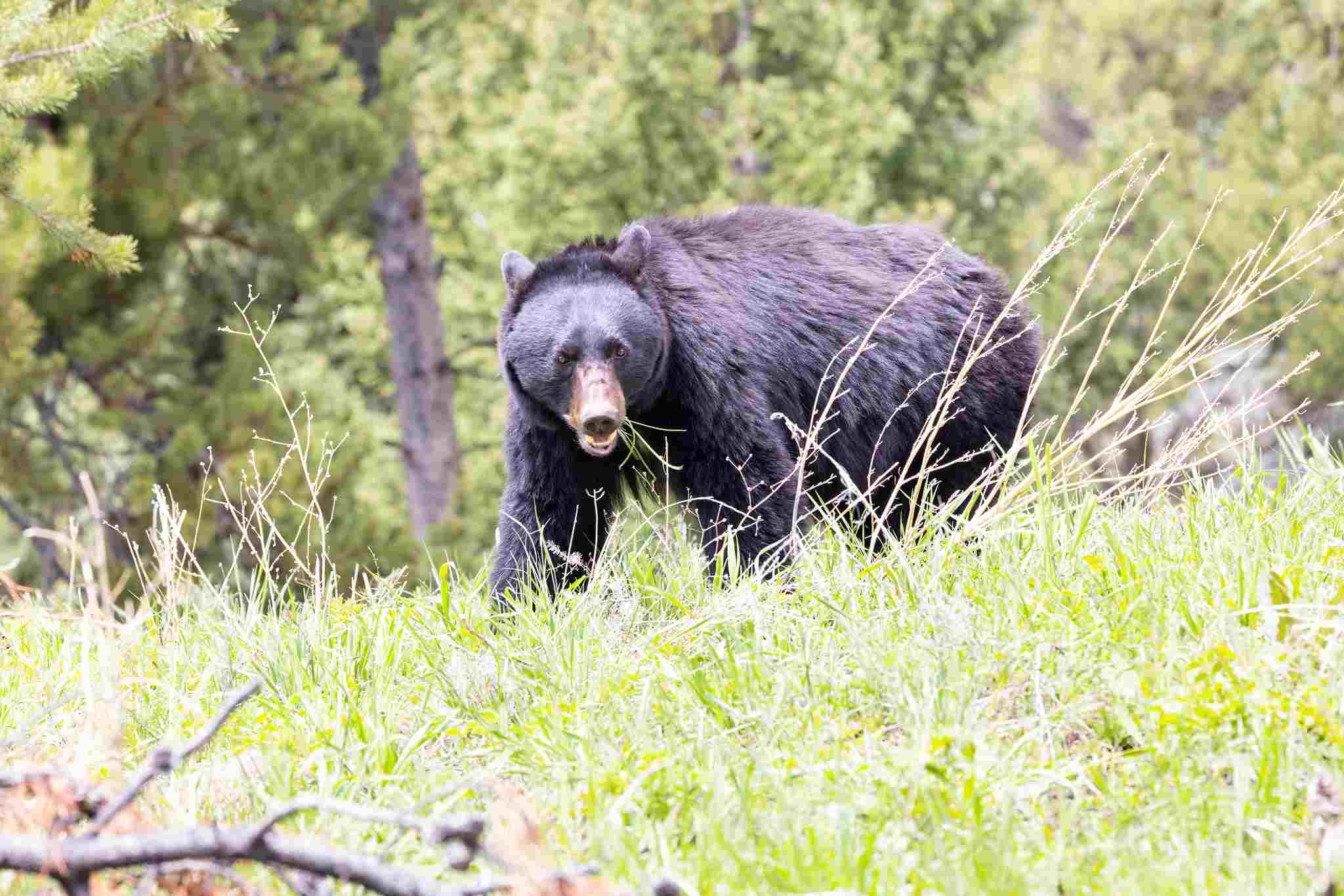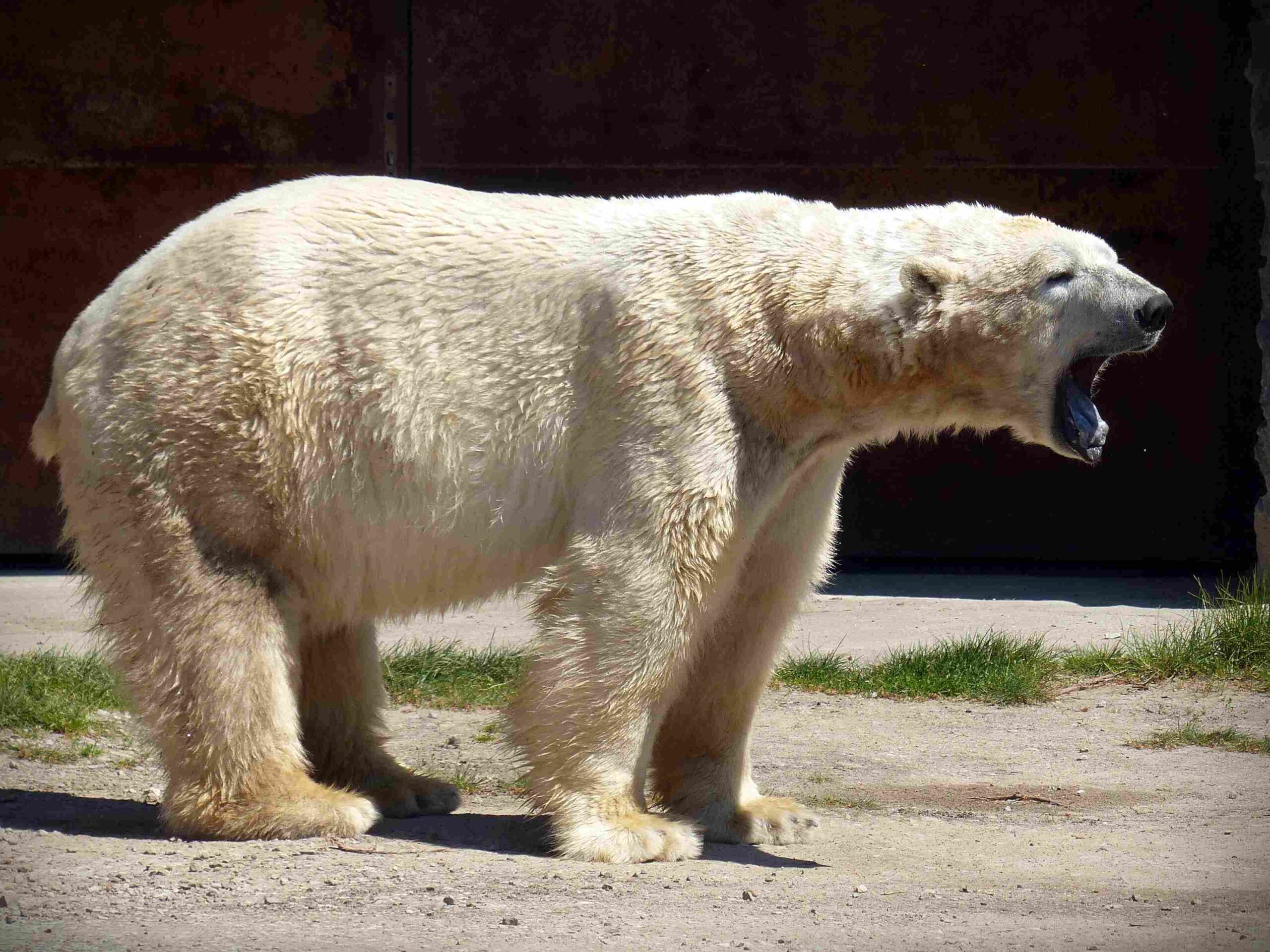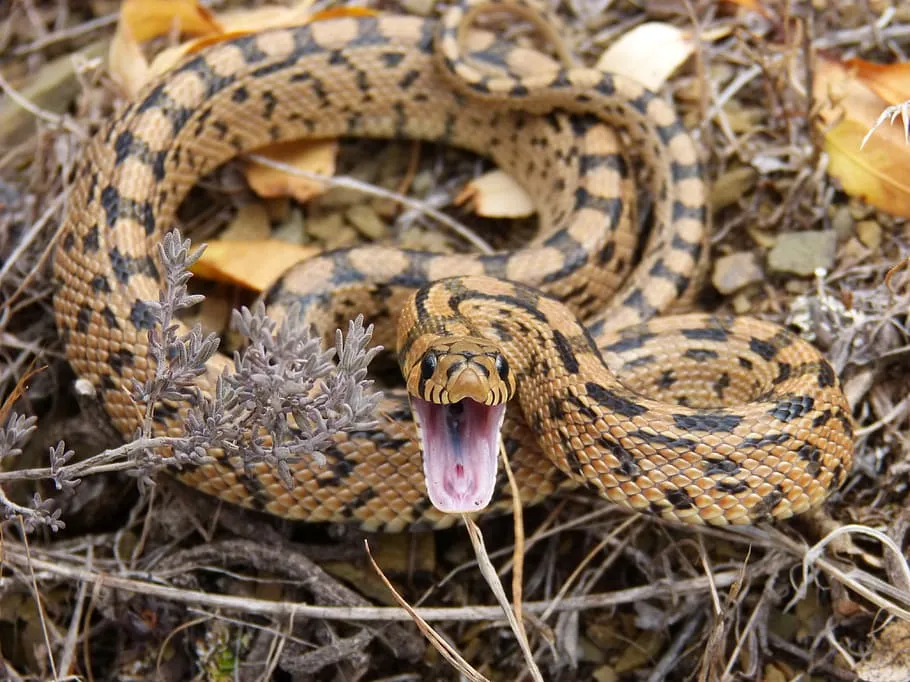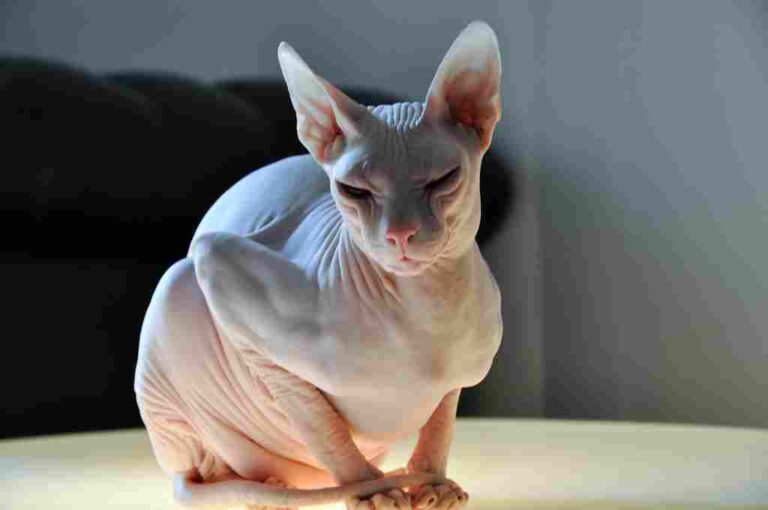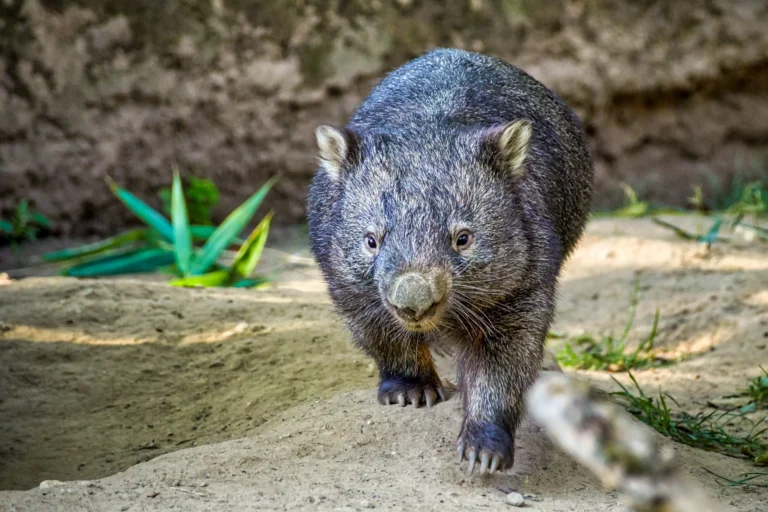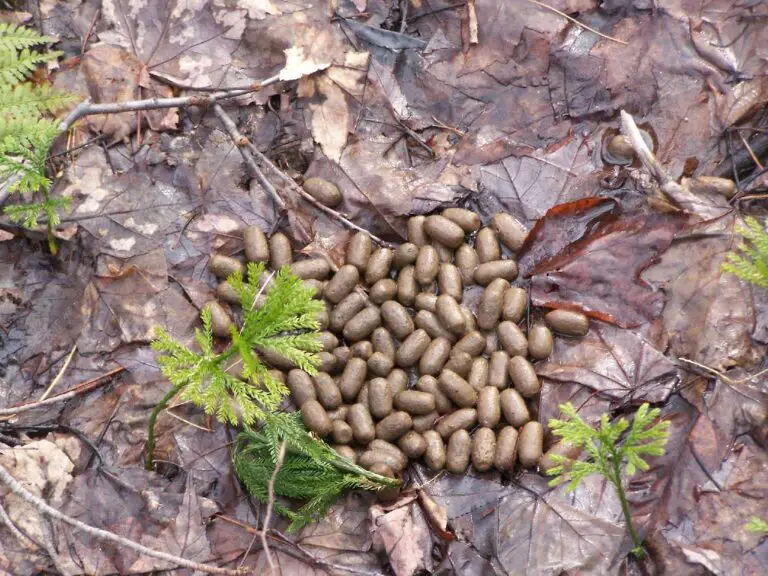23+ Dangerous Animals In Upstate New York Discussed
Examples of dangerous animals in upstate New York are the black bear, timber rattlesnake, and copperhead snake, which can be venomous or aggressive when threatened. The eastern coyote and bobcat, although typically shy, can be a threat to pets and livestock. Among birds, the peregrine falcon and great horned owl can become aggressive if their nests are threatened. Additionally, large mammals like moose can be dangerous during rutting season, while porcupines and snapping turtles can cause injury if disturbed.
1. Black Bear
Black bears are among the largest mammals in New York, often weighing between 200 and 600 pounds. These powerful creatures are usually shy and avoid human contact, but they can become aggressive when provoked or if they feel their cubs are threatened. Black bears are also opportunistic feeders, attracted to garbage, pet food, or bird feeders. In some cases, they may venture into residential areas in search of food. Encounters with black bears are rare but can be dangerous. It is crucial to remain calm and make noise to alert them to your presence if you come across one in the wild. If the bear does not retreat, it’s important to slowly back away and avoid direct eye contact. Knowing how to behave around black bears and taking preventive measures can reduce the risk of dangerous encounters.
2. Timber Rattlesnake
Timber rattlesnakes are venomous pit vipers native to New York’s forested areas. They are typically reclusive, preferring rocky outcrops and wooded hillsides where they can bask in the sun. Though they have a potentially lethal bite, these snakes generally avoid humans and will only strike if threatened or cornered. When threatened, they use their distinctive rattling tail as a warning signal. To avoid encounters, it’s advisable to stay on established trails and keep a safe distance if you hear a rattling sound. If bitten, immediate medical attention is crucial to prevent complications.
3. Copperhead Snake
The copperhead snake is another venomous serpent found in New York, recognizable by its coppery-brown head and hourglass-patterned body. Copperheads tend to inhabit wooded areas, often near streams or wetlands. While their venom is not as potent as some other snakes, a bite can cause significant pain, swelling, and other complications. Copperheads are generally non-aggressive but will defend themselves if disturbed. To stay safe, be cautious when walking through dense underbrush or stepping over logs, and always watch where you place your hands and feet.
4. Eastern Coyote
Eastern coyotes are adaptable predators found across New York, from rural woodlands to urban suburbs. Although they are usually wary of humans, they can pose a threat to pets and, in rare cases, people, especially if they become habituated to human food sources. Eastern coyotes often hunt in pairs or small family groups, making them effective hunters. To reduce the risk of encounters, keep pets on a leash, secure trash and compost, and avoid feeding wildlife. If confronted by a coyote, make loud noises and maintain eye contact to encourage it to leave.
5. Bobcat

Bobcats are elusive, medium-sized wild cats that inhabit wooded areas throughout New York. While they are generally solitary and shy, bobcats can be dangerous if cornered or if they feel their territory is threatened. With their keen senses and sharp claws, they are formidable hunters, typically preying on small mammals and birds. To minimize encounters, avoid leaving pet food or small pets outside overnight, as these can attract bobcats. If you encounter one, remain calm, make yourself appear larger, and back away slowly without turning your back.
6. Striped Skunk
Striped skunks are common in New York, often seen in suburban areas and near farmland. While they are not typically aggressive, skunks can spray a foul-smelling musk when they feel threatened, causing significant discomfort and irritation. Skunks are nocturnal and often rummage through garbage or compost in search of food. To avoid encounters, secure trash cans and eliminate potential food sources. If you see a skunk, avoid sudden movements and give it plenty of space. If a skunk raises its tail and begins to stamp its feet, it’s a sign that it feels threatened and may spray, so slowly back away.
7. Fisher Cat
Fisher cats, or simply fishers, are large, agile members of the weasel family found in New York’s forests. Known for their fierce hunting abilities, they can take down small mammals, including porcupines. While fisher cats are typically reclusive and avoid humans, they can become aggressive if cornered or if they sense an opportunity for an easy meal. To reduce the risk of fisher cat encounters, keep pets indoors at night and remove any food sources that might attract them. If you come across a fisher cat, keep your distance and avoid any sudden movements.
8. Red Fox
Red foxes are adaptable and widespread throughout New York, often found in rural and suburban areas. While they are generally shy and non-aggressive towards humans, they are skilled hunters and can pose a threat to small pets and livestock. Red foxes are usually active at dusk and dawn, scavenging for food and hunting small animals. To avoid attracting them, secure trash and remove any food sources around your property. If you encounter a red fox, remain calm and give it space to retreat. If the fox appears aggressive or unwell, it could be a sign of rabies, and you should contact local wildlife authorities.
9. Gray Fox
Gray foxes are unique among fox species in that they can climb trees, allowing them to escape predators and hunt for food in wooded areas. Found across New York, they are generally shy and avoid human contact, but they can be aggressive if threatened or when protecting their young. Gray foxes hunt small mammals, birds, and insects, and can pose a risk to small pets. To prevent encounters, secure trash and keep pets indoors at night. If you see a gray fox, maintain a safe distance and avoid making sudden movements. If the fox behaves strangely or aggressively, it could be a sign of illness, and authorities should be notified.
10. Porcupine
Porcupines are large, slow-moving rodents found in New York’s forests and woodlands. They are covered in sharp quills that can cause significant injury to predators or humans who come too close. Although porcupines are generally non-aggressive, they will defend themselves with their quills if threatened. To avoid encounters, keep pets and children away from areas where porcupines are known to frequent, and avoid trying to touch or move them. If your pet comes into contact with a porcupine, it will likely require veterinary care to remove the quills safely.
11. Raccoon
Raccoons are highly adaptable mammals found throughout New York, often thriving in urban and suburban environments. Known for their distinctive black “mask” and dexterous paws, raccoons are opportunistic scavengers and can become a nuisance when they raid garbage bins or compost piles. Raccoons can also carry diseases such as rabies, which poses a risk to humans and pets. To reduce encounters, secure trash cans and avoid leaving pet food outside overnight. If you encounter a raccoon, do not approach it, and if it appears aggressive or disoriented, contact local animal control.
12. Moose
Moose are the largest mammals in New York, found primarily in the Adirondack region. While they are generally docile, moose can be dangerous if provoked or if they feel threatened, especially during mating season or when protecting calves. Moose have massive antlers and powerful bodies, capable of causing significant damage to vehicles or injuring people. To avoid moose encounters, keep a safe distance and avoid making loud noises or sudden movements. If you’re driving in moose territory, be extra cautious at dusk and dawn, when they are more active, and always keep an eye out for moose crossing signs.
13. White-Tailed Deer (Especially During Rutting Season)
White-tailed deer are common throughout New York and are generally harmless to humans. However, during the rutting season, which typically occurs in late autumn, male deer can become aggressive as they compete for mates. This can lead to dangerous encounters with people or pets, as well as an increased risk of deer-related car accidents. To stay safe during rutting season, be cautious when walking through wooded areas and avoid getting between male deer and their rivals. If driving, be alert for deer crossing signs and reduce speed in areas with high deer populations.
14. Great Horned Owl
The great horned owl is a large, powerful bird of prey found in New York’s forests and open areas. Known for its distinctive “horns” or ear tufts, this owl is a formidable hunter, preying on a wide variety of animals, including small mammals, birds, and reptiles. While great horned owls are not typically aggressive towards humans, they can become defensive if they feel their nest or young are threatened. To avoid encounters, stay clear of areas where these owls are known to nest, and avoid disturbing them. If you encounter a great horned owl, maintain a safe distance and avoid making loud noises.
15. Bald Eagle
Bald eagles are majestic birds of prey found in New York, especially near large bodies of water. These powerful birds are usually not aggressive toward humans, but they have sharp talons and beaks that can cause serious injury if they feel threatened or are defending their nests. Bald eagles are protected by law, making it illegal to disturb their nesting sites or approach them too closely. To avoid conflicts with bald eagles, keep a safe distance and respect any posted signs indicating eagle nesting areas. If you encounter a bald eagle, do not approach or try to feed it, as this can lead to aggressive behavior.
16. Eastern Massasauga Rattlesnake
The eastern massasauga rattlesnake is a venomous snake found in parts of New York, primarily in wetland areas. Although it is an endangered species and rarely encountered, its venom can cause serious harm, including tissue damage and other complications. The eastern massasauga is generally reclusive and will give a warning rattle before striking, but it will defend itself if threatened or cornered. To avoid encounters, stick to established trails in wetland areas and keep a safe distance if you hear a rattling sound. If bitten, seek immediate medical attention.
17. Peregrine Falcon
The peregrine falcon is the fastest bird in the world and is known for its incredible hunting speed and agility. These falcons are found in various parts of New York, including urban areas where they nest on tall buildings or bridges. While peregrine falcons are not typically aggressive toward humans, they can become defensive if they feel their nesting sites are threatened. These birds have sharp talons and beaks, making them potentially dangerous if provoked. To avoid conflicts, stay clear of known peregrine falcon nesting sites, especially during breeding season. If you encounter a peregrine falcon, maintain a safe distance and do not attempt to approach or disturb it.
18. Brown Recluse Spider
The brown recluse spider is a venomous spider found in New York, although it is relatively rare. It is known for its distinctive violin-shaped marking on its back. The venom of the brown recluse can cause necrotic tissue damage and other serious health complications. These spiders are typically reclusive and prefer dark, undisturbed areas like basements, attics, or storage closets. To avoid encounters, keep living spaces clean and clutter-free, and seal any cracks or openings where spiders might enter. If bitten by a brown recluse, seek medical attention immediately, as the bite can lead to severe complications if not treated promptly.
19. Black Widow Spider
The black widow spider is another venomous spider occasionally found in New York, characterized by its shiny black body and red hourglass marking on its abdomen. The venom of the black widow can cause severe pain, muscle cramps, and other complications, though fatalities are rare. These spiders prefer dark, undisturbed areas, often hiding under logs, in sheds, or in dense vegetation. To avoid encounters, exercise caution when reaching into dark or hidden areas, and keep living spaces clean and free from debris. If bitten by a black widow, seek immediate medical attention, as prompt treatment can prevent serious complications.
20. Large Snapping Turtle
Large snapping turtles are among the largest freshwater turtles in New York, often found in ponds, rivers, and wetlands. While they are generally not aggressive toward humans, snapping turtles can become defensive if they feel threatened or are approached too closely. They have powerful jaws capable of inflicting severe bites and long, sharp claws for digging. To avoid conflicts, keep a safe distance when encountering snapping turtles in the wild, and do not attempt to handle or move them. If you need to help a snapping turtle cross a road, use a long object to guide it in the right direction, keeping your hands and feet well away from its head and claws.
21. Red-Tailed Hawk
Red-tailed hawks are common birds of prey in New York, often seen soaring above open fields and woodlands. Known for their distinctive reddish tail feathers, these hawks are skilled hunters, preying on small mammals and birds. While red-tailed hawks are not typically aggressive towards humans, they can become defensive if they feel their nests are threatened. With their sharp talons and beaks, they can cause serious injury if provoked. To avoid conflicts, stay clear of known red-tailed hawk nesting sites, especially during breeding season. If you encounter a red-tailed hawk, keep a safe distance and avoid disturbing its territory.
22. Turkey Vulture
Turkey vultures are large birds commonly found in New York, often seen circling above open areas in search of carrion. Although they are not aggressive towards humans, turkey vultures can be intimidating due to their large size and habit of gathering in groups. These birds play an important role in the ecosystem by cleaning up dead animals, but they can be a nuisance when they congregate near human settlements. To avoid attracting turkey vultures, properly dispose of garbage and remove any carrion from your property. If you encounter a turkey vulture, maintain a safe distance and avoid sudden movements, as they can become defensive if threatened.
23. Wild Turkey (In Defensive Mode)
Wild turkeys are large birds found throughout New York, often seen in wooded areas and open fields. While they are generally non-aggressive, wild turkeys can become defensive if they feel threatened, especially during mating season or when protecting their young. In defensive mode, they may fan their tail feathers, puff up their bodies, and charge at perceived threats. To avoid encounters with aggressive turkeys, give them plenty of space and do not attempt to approach or feed them. If a turkey becomes aggressive, make loud noises and use a stick or object to keep it at bay while slowly backing away.
24. Canada Goose (When Protecting Nest)
Canada geese are common in New York, often seen in parks, golf courses, and other open areas near water. While they are usually harmless, Canada geese can become aggressive when protecting their nests or goslings. They may hiss, spread their wings, and charge at perceived threats, potentially causing injury with their powerful beaks and wings. To avoid encounters with aggressive Canada geese, maintain a safe distance from their nesting sites and avoid disturbing them. If a goose becomes aggressive, remain calm, make yourself appear larger, and slowly back away. If necessary, use an object to keep the goose at a distance while retreating.
| Animal |
Characteristics/Danger
|
| Timber Rattlesnake |
Venomous, found in wooded areas, can be dangerous when threatened.
|
| Copperhead Snake |
Venomous, prefers wooded areas, bites if threatened.
|
| Eastern Coyote |
Opportunistic predator, may be aggressive to pets/livestock.
|
| Bobcat |
Shy but capable hunter, poses risk to small pets/livestock.
|
| Striped Skunk |
Known for its defensive spray, can carry rabies/diseases.
|
| Fisher Cat |
Aggressive predator, can be a threat to pets/poultry.
|
| Red Fox |
Generally timid, but can carry rabies; poses threat to small pets.
|
| Gray Fox |
Shy but can climb trees, carries rabies; a threat to small pets.
|
| Porcupine |
Uses quills for defense; can cause injury if threatened.
|
| Raccoon |
Can be aggressive, carries rabies/diseases; poses threat to pets.
|
| Moose |
Largest mammal in NY; dangerous during rutting season.
|
| White-Tailed Deer |
Dangerous during rutting season; a risk for vehicle collisions.
|
| Great Horned Owl |
Can be aggressive when protecting nests; dangerous talons.
|
| Bald Eagle |
Can be aggressive when protecting nests; strong talons.
|
| Eastern Massasauga Rattlesnake |
Venomous, less aggressive, but bites require medical attention.
|
| Peregrine Falcon |
Aggressive when protecting nests; sharp talons and beak.
|
| Brown Recluse Spider |
Venomous, bites can cause severe skin necrosis.
|
| Black Widow Spider |
Highly venomous, recognizable by red hourglass marking.
|
| Large Snapping Turtle |
Aggressive, powerful bite; found in aquatic habitats.
|
| Red-Tailed Hawk |
Can be aggressive when protecting nests; a risk to small pets.
|
| Turkey Vulture |
Large, intimidating; aggressive when disturbed while feeding.
|
| Wild Turkey |
Aggressive during mating season; can attack humans/pets.
|
| Canada Goose |
Extremely aggressive when protecting nests; can attack humans/pets.
|
